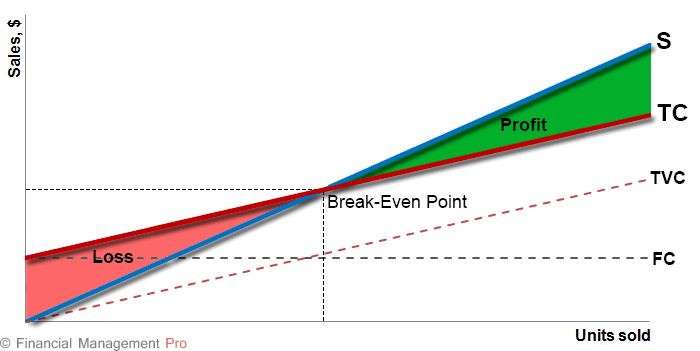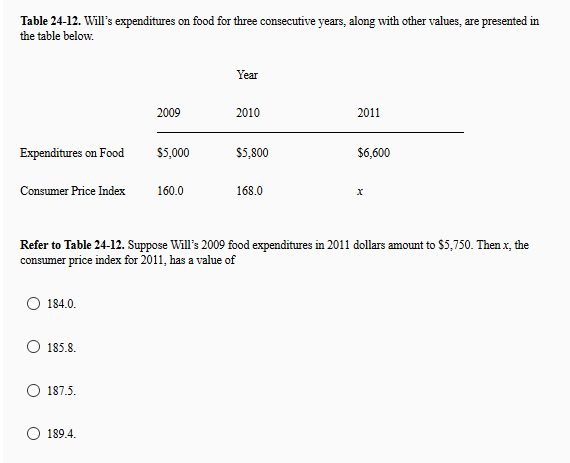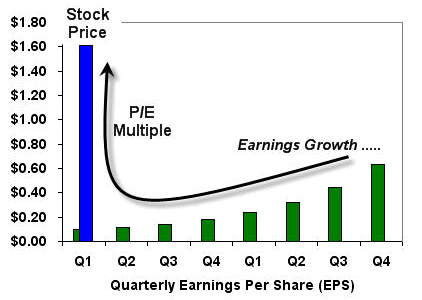For this reason, younger investors are often more likely to invest in riskier investments. In some contexts, real estate may broadly encompass certain types of investments that may yield commodities. For example, an investor can invest in farmland; in addition to reaping the reward of land value appreciation, the investment earns a return based on the crop yield and operating income. Instead of selecting each individual company to invest in, index funds, mutual funds, and other types of funds often aggregate specific investments to craft one investment vehicle. For example, an investor can buy shares of a single mutual fund that holds ownership of small cap, emerging market companies instead of having to research and select each company on its own. A bond is an investment that often demands an upfront investment, then pays a reoccurring amount over the life of the bond.
For the year, the company spent $30 billion on capital expenditures, of which the majority were fixed assets. Along with this, it purchased $5 billion in investments and spent $1 billion on acquisitions. The company also realized a positive inflow of $3 billion from the sale of investments.
Cash Flow from Investing Activities is the section of a company’s cash flow statement that displays how much money has been used in (or generated from) making investments during a specific time period. Investing activities include purchases of long-term assets (such as property, plant, and equipment), acquisitions of other businesses, and investments in marketable securities (stocks and bonds). Cash flow from investing activities is a line item on a business’s cash flow statement, which is one of the major financial statements that companies prepare.
Proceeds From The Sale of Fixed Assets
Investing, broadly, is putting money to work for a period of time in some sort of project or undertaking in order to generate positive returns (i.e., profits that exceed the amount of the initial investment). It is the act of allocating resources, usually capital (i.e., money), with the expectation of generating an income, profit, or gains. Then you’ll subtract the cost of purchasing any long-term assets such as equipment or securities.
- As an investor approaches retirement, they will no longer have stable, ongoing income.
- However, in recent years, alternative investments have been introduced in fund formats that are accessible to retail investors.
- Now that you have a solid understanding of what’s included, let’s look at what’s not included.
- In 2001, the collapse of Enron took center stage, with its full display of fraud that bankrupted the company and its accounting firm, Arthur Andersen, as well as many of its investors.
- Cryptocurrency is a blockchain-based currency used to transact or hold digital value.
- Cash Flow from Investing Activities accounts for purchases of long-term assets, namely capital expenditures (Capex) — as well as business acquisitions or divestitures.
A business’s reported investing activities give insights into the total investment gains and losses it experienced during a defined period. Investing activities are a crucial component of a company’s cash flow statement, which reports the cash that’s earned and spent over a certain period of time. Cash flow from investing activities is important because it shows how a company is allocating cash for the long term. For instance, a company may invest in fixed assets such as property, plant, and equipment to grow the business. While this signals a negative cash flow from investing activities in the short term, it may help the company generate cash flow in the longer term. A company may also choose to invest cash in short-term marketable securities to help boost profit.
Resources for Your Growing Business
Overall Apple had a positive cash flow from investing activity despite spending nearly $8 billion on new property, plant, and equipment. A change to property, plant, and equipment (PPE), a large line item on the balance sheet, is considered an investing activity. When investors and analysts want to know how much a company spends on PPE, they can look for the sources and uses of funds in the investing section of the cash flow statement.
2 Differentiate between Operating, Investing, and Financing Activities
Cash flows from investing activities provide an account of cash used in the purchase of non-current assets–or long-term assets– that will deliver value in the future. For example, investors nearing retirement age tend to invest in less risky assets as there isn’t as much time to recover from a failed investment. Less volatile investment options include ETFs, bonds, and other fixed-rate securities.
Do-It-Yourself Investing
In many cases, a firm may have a negative overall cash flow for a given quarter. If the company cannot generate positive cash flow from its business operations, a negative overall cash flow is not necessarily a bad thing. Investment activities mainly involve two basic components that are long-term assets and investments.
As their manager, would you treat the accountants’ error as a harmless misclassification, or as a major blunder on their part? Cash flow from investing activities includes any inflows or outflows of cash from a company’s long-term investments. This can include the purchase of a company vehicle, the sale of a building, or the purchase of marketable securities. Because these items involve the long-term use of cash, they are reported in the investing section of the cash flow statement. There are more items than just those listed above that can be included, and every company is different. The only sure way to know what’s included is to look at the balance sheet and analyze any differences between non-current assets over the two periods.
Cash flows from operating activities arise from the activities a business uses to produce net income. For example, operating cash flows include cash sources from sales and cash used to purchase inventory and to pay for operating expenses such as salaries and utilities. Operating cash flows also include cash flows from interest and dividend revenue interest expense, and income tax. If a company has differences in the values of its non-current assets from period to period (on the balance sheet), it might mean there’s investing activity on the cash flow statement. You can start a $1000 portfolio by investing in stocks, bonds, ETFs, and other securities through an online brokerage, investment app, or physical broker-bank. How you invest your $1000 depends on your investment goals, risk tolerance, and time horizon.
To do so, they will have to look in your business’s investing section in the cash flow statement. Under the investing section, they will further have to look for the sources and uses of funds. Any purchase of investments in cash, like, for example, the purchase of stocks or bonds, will lead to a decrease in your business’s cash flow, equivalent to the purchasing cost. This is because, in such circumstances, free electronic filing for individuals cash is flowing out of your business for that time period to cover your purchase expense. Using this information, an investor might decide that a company with uneven cash flow is too risky to invest in; or they might decide that a company with positive cash flow is primed for growth. Cash flow might also impact internal decisions, such as budgeting, or the decision to hire (or fire) employees.
Unlike other financial statements, the cash flow statement is only concerned with cash going into and out of a business. The statement is most frequently used by both business owners and investors to measure how well cash is being managed from day-to-day operations, from any investing activities, as well as financing activities. Investing activities refer to any transactions that directly affect long-term assets. This can include the purchase of a building, the sale of equipment, or investing in stocks. Once completed, these activities are then reported on a company’s cash flow statement. Anytime that the purchase of a long-term asset occurs, it reduces company cash flow from assets, while the sale of a long-term asset increases cash flow.




